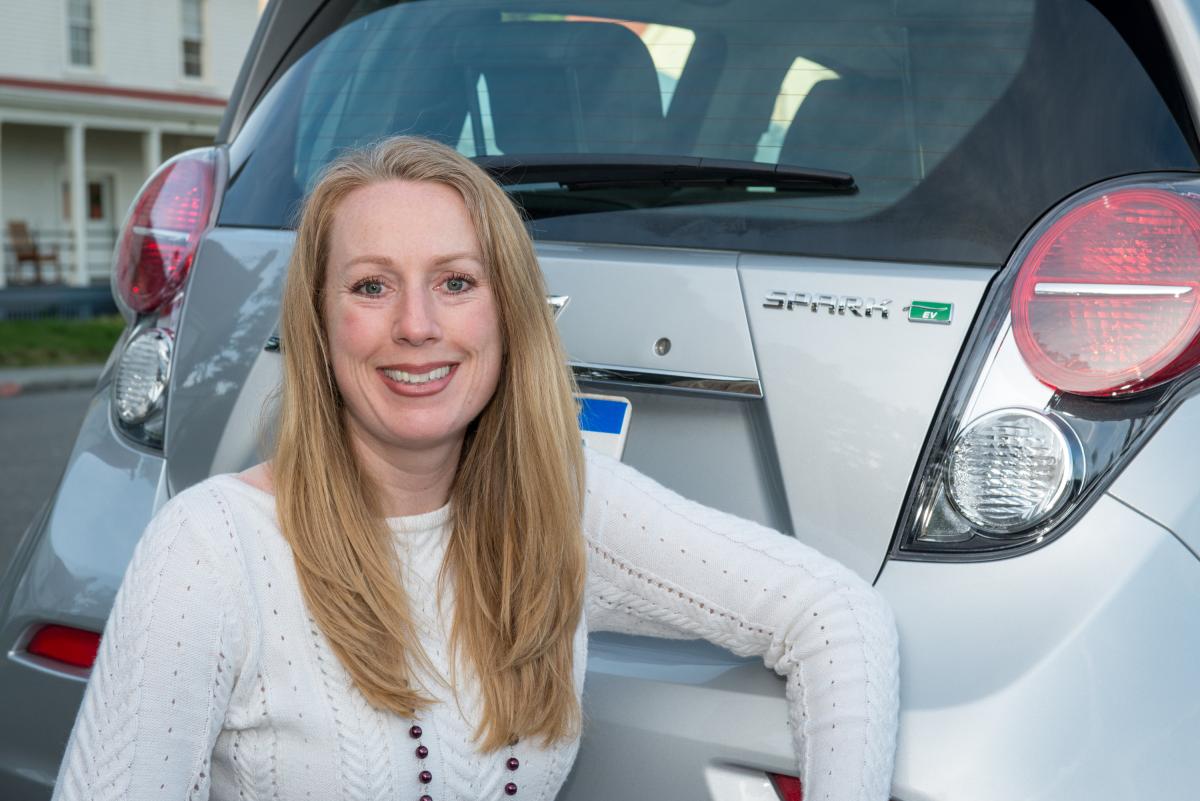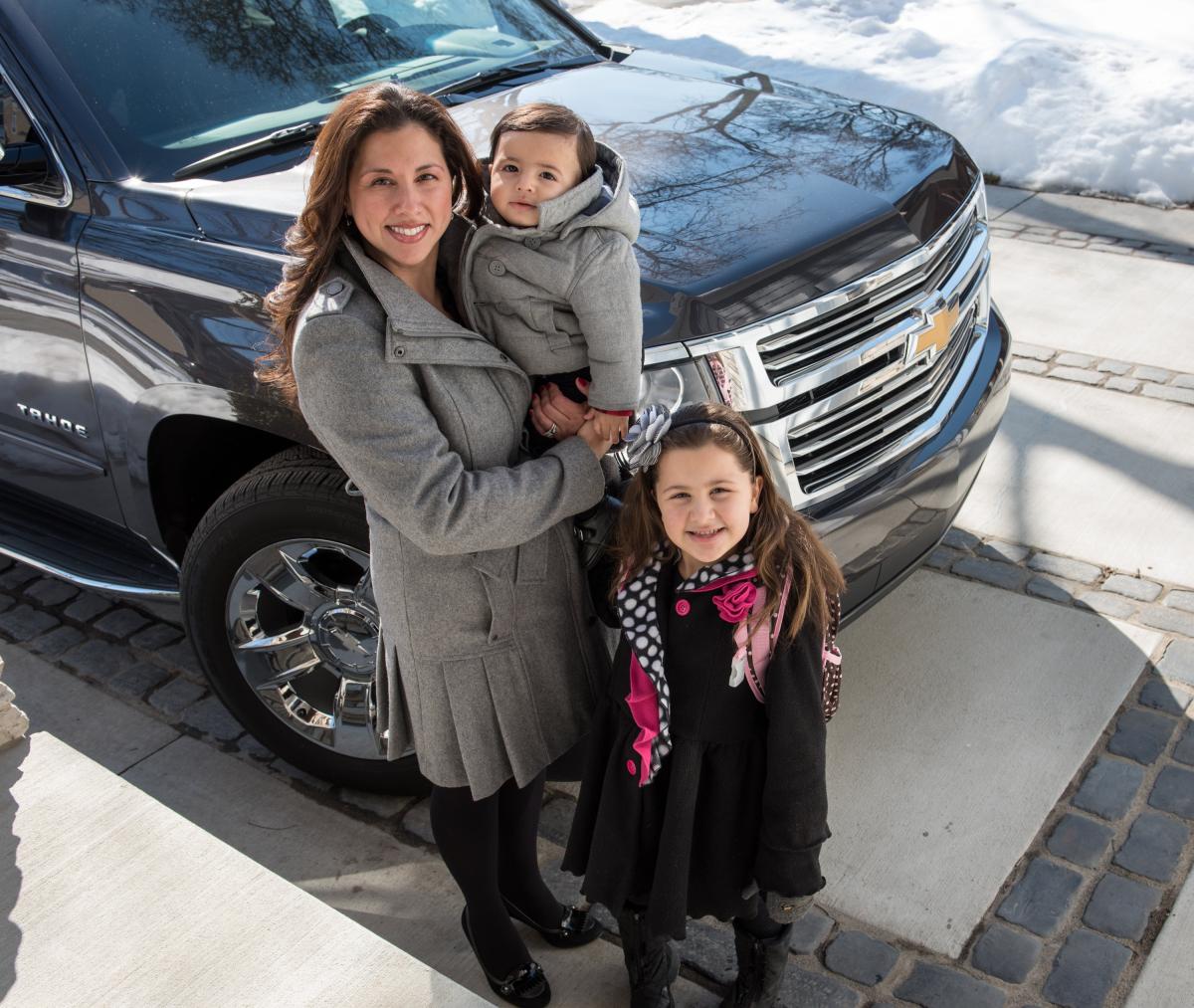Women Driving Auto Industry’s Technology Advances
Making history in propulsion, infotainment and vehicle-to-vehicle communication
DETROIT, March 13, 2015 /3BL Media/ – General Motors CEO Mary Barra says the automotive industry will experience more dramatic change in the next decade than it has in the past 50 years. In a male-dominated industry, women engineers are leading the way in some of the technological advances that could make Barra’s prediction true.
Electrified vehicles, infotainment and software development, and vehicle-to-vehicle communication are critical to changing the way we drive. Here are three women driving those advances:
Trista Schieffer, Lead Development Engineer for Battery Electric Vehicles
While gasoline-powered cars remain the top sellers, electric vehicles are becoming mainstream. At GM, the Chevrolet Volt, Spark EV, Cadillac ELR and the forthcoming battery-power car based on the Chevy Bolt concept are part of GM’s commitment to manufacture 500,000 vehicles a year globally with some form of electrification in 2017. In addition to extended-range electric and pure EV, technologies include start-stop, eAssist and hybrid.
Trista Schieffer is responsible for making sure everything works together to meet the customer expectations of an electric vehicle.
“I love problem solving,” said Schieffer. “I collaborate with people to deliver efficient solutions to solve ride, handling, noise, vibration, comfort, storage, heating, cooling, safety, energy efficiency – all aspects of a vehicle. Together we make sure the parts and systems are integrated so the vehicle performs in the manner our customers anticipate. As vehicles rely less and less on traditional fuel systems – or, in certain cases, not at all – we face new challenges.”
Rebecca Roth, Infotainment Product Owner
A key part of the connected car is infotainment that allows occupants to do practically anything on wheels they can do on solid ground. Rebecca Roth helps develop software to safely integrate drivers’ lives into the ride.
Part of this work includes helping develop software for the Smart Grid, an intelligent system that allows two-way communication between the electric company and the homeowner or their electric vehicles – picking charging times from right now to off hours when electricity use is lower and costs less.
“We’re developing software to make everything simpler and greener,” said Roth. “As a coder, I love it when software can make a person’s life easier and make the world a better place.”
Jessica Moreno, Program Manager, V2V Security Credential Management
In the not-too-distant future, our cars will be able to talk to each other, helping to avoid crashes and traffic jams. The 2017 Cadillac CTS is expected to be the first vehicle in the U.S. to implement vehicle-to-vehicle, or V2V, technology.
Jessica Moreno and her team are working so that when that day arrives, only the necessary information is shared.
“The software that we’re developing helps certify that a vehicle is a trusted and reliable source of information thereby allowing it to communicate with other vehicles on the road,” Moreno explains. “I have two small children and vehicle safety is extremely important to me.”
General Motors Co. (NYSE:GM, TSX: GMM) and its partners produce vehicles in 30 countries, and the company has leadership positions in the world's largest and fastest-growing automotive markets. GM, its subsidiaries and joint venture entities sell vehicles under the Chevrolet, Cadillac, Baojun, Buick, GMC, Holden, Jiefang, Opel, Vauxhall and Wuling brands. More information on the company and its subsidiaries, including OnStar, a global leader in vehicle safety, security and information services, can be found at http://www.gm.com




